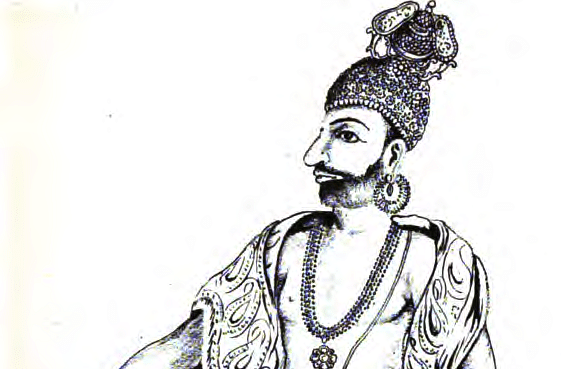
Why Rana Daggubati Of Baahubali Fame Is Playing King Marthanda Varma
The Ocean Of Churn: How The Indian Ocean Shaped Human History, by
Sanjeev Sanyal, is a compelling exploration of medieval geopolitics in the Indian subcontinent and the history that has played itself out along the rim of the Indian Ocean.
The world’s most powerful multinational company – the Dutch East India company – was thwarted by the remarkable Marthanda Varma, ruler of the small kingdom of Travancore in the southern tip of India.
Marthanda Varma is a little-discussed figure in history books but without his determined opposition to the VOC, it is possible that this book would have been written in Dutch rather than in English. He was born in the royal family of what was a very tiny kingdom. As per the matrilineal custom of the Nair clans, he inherited the crown from his maternal uncle in 1729 at the age of twenty-three. His problem was that the Dutch tightly controlled the pepper trade on which the prosperity of Kerala depended. The locals were unable to put up any resistance because the region was divided into very small kingdoms. Even within the kingdoms, the king had limited say as power was dispersed among the Nair nobility.
Rather than rely on the old feudal levies, Marthanda Varma began by building a standing army drilled in modern warfare. He also began to take over neighbouring kingdoms one-by-one. Not surprisingly, the rulers of these kingdoms appealed to the Dutch who repeatedly warned Travancore. Eventually, the VOC Governor of Ceylon dispatched a sizeable force of Dutch marines that landed at the small port of Colachel and marched on the royal palace in Padmanabhapuram in 1741. Marthanda Varma was away but returned in time to defend his capital. The Dutch were now chased back to Colachel where they suffered a humiliating defeat. The Battle of Colachel was a turning point and Dutch power in the Indian Ocean would go into steady decline. Not till the Japanese navy defeated the Russians in 1905 would another Asian state decisively defeat a European power. Colachel is today a small non-descript fishing town and the site of the surrender is marked by a pillar. When I visited the town in December 2013, the pillar commemorating this major military victory was standing neglected amidst heaps of construction debris.
Martanda Varma’s palace at Padmanabhapuram has survived in better condition and is an excellent example of Kerala’s traditional wooden architecture. It also contains a painting showing Marthanda Varma accepting the surrender of the Dutch commander Eustachius de Lannoy. Interestingly the king offered to hire Lannoy as a general provided he trained his army on European lines. The Dutch captain accepted the offer and would loyally serve Travancore for over three decades. He would not just modernize the army but also build a network of forts using the most advanced European designs of that time. One of the best preserved of these is Vattakottai Fort, just outside the town of Kanyakumari. Built at the edge of the sea, it provides excellent views of the surrounding coastline. One will see a large number of wind-turbines turning nearby, an odd reminder of the windmills of Lannoy’s country of origin.
The army trained by Lannoy would help Travancore further expand the kingdom to as far north as Cochin (Kochi) and would help break the Dutch monopoly. Half a century later, it would help Travancore defend itself against Tipu Sultan of Mysore. For his energetic leadership, Lannoy would earn the title of ‘Valiya Kapithaan’ or Great Captain from his men. One can visit his grave at Udaygiri Fort that he built not far from the royal palace. The inscription is both in Latin and Tamil, a fitting reflection of his dual identities. Amazingly, an army unit that had fought for Martanda Varma against Lannoy at Colachel survives in the Indian Army as the 9th Battalion of the Madras Regiment. According to newspaper reports, the regiment recently arranged to take better care of the memorial pillar.
You can get your copy of Ocean of Churn here.
Also Read:
Kanhoji Angre : How A Maratha Grand Admiral Defeated The European Naval Powers